| Belize |
Guatemala |
Honduras |
Nicaragua |
El Salvador |
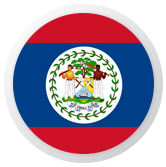 |
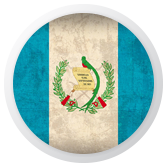 |
 |
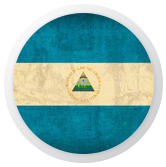 |
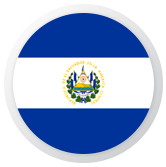 |
| |
Costa Rica |
Panama |
|
|
| |
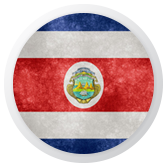 |
 |
|
|
Central America is comprised of 7 countries, Belize, Guatemala, Honduras, Nicaragua, El Salvador, Costa Rica and Panama. The population of Central America is close to 42,000,000. It is interesting to note that Central America is also synonymously with Middle America, which includes Mexico and the West Indies, which is rather confusing as Middle America also refers to the middle portion of the United States. Central America connects both the North and South American continents . Each of the Central American countries (with the exception of Belize and San Salvador) is bordered either side by the Pacific and Atlantic Oceans.
In pre Colombian times Central America was inhabited by Indigenous Indians mainly Mayans who built huge cities and the Aztecs which built huge empires. There are some 16 UNESCO World Heritage sites in Central America, such as Spanish Colonial Cities, ancient ruins, and national parks with unique and varied geographical features. The population of Central America is about three fifths mixed European (mainly Spanish) and native indian heritage and are known as Mestizos, one fifth native indian and one fifth other. All of the states within Central America are war free and adventures and accommodation are very affordable, and good value for money. The United States Dollar is widely accepted in Central America but, Belize, Guatemala, Honduras, Nicaragua, and Costa Rica, all print their own currencies, while the United States Dollar is the official currency in El Salvador and Panama.
Central America is part of the Mesoamerican biodivercity hotspot, boasting 7% of the world's biodivercity. The Pacific Flyway is a major north-south flyway of Central America, especially in the spring and autumn. As a bridge between North America and South America, Central America has many species from the Nearactic and the Neotropic ecozones, however the southern countries (Costa Rica and Panama) of the region have more biodiversity than the northern countries (Guatemala and Belize), meanwhile the central countries (Honduras, Nicaragua and El Salvador) have the least biodiversity. (Wikipedia)
There are adventures galore to be had in Central America, from world class beaches and Surf sites, such as in the Playa Manuel Antonio and Playa Avellanes in Costa Rica, or Placencia in Belize or the Comarca Kuna Yala in the San Blas province and Playa Estella Panama, and West Bay Beach Honduras.
Birding and general Nature photography is there for the picking in Central America, such as Belize with over 500 species of birds seen at sites such as the Cayo District in the west, or the Orange Walk to the north with great guide and Lodges. In Coast Rica there are over 800 species that dwell in the dense tropical rain-forests of the Corcovada national Park, to the highland cloud-forests where Hummers, Tanager, Trogons and Toucans abound. Panama has the largest number of bird species in Central America, an impressive total of 978 species with such exotic species as the Quetzel, Trogons, Toucans, Parrots and 59 species of Hummingbirds. Sandwiched to the north by Costa Rica and to the South by Colombia, the diversity and accessibility of Panama’s flora and fauna make Panama my top pick!